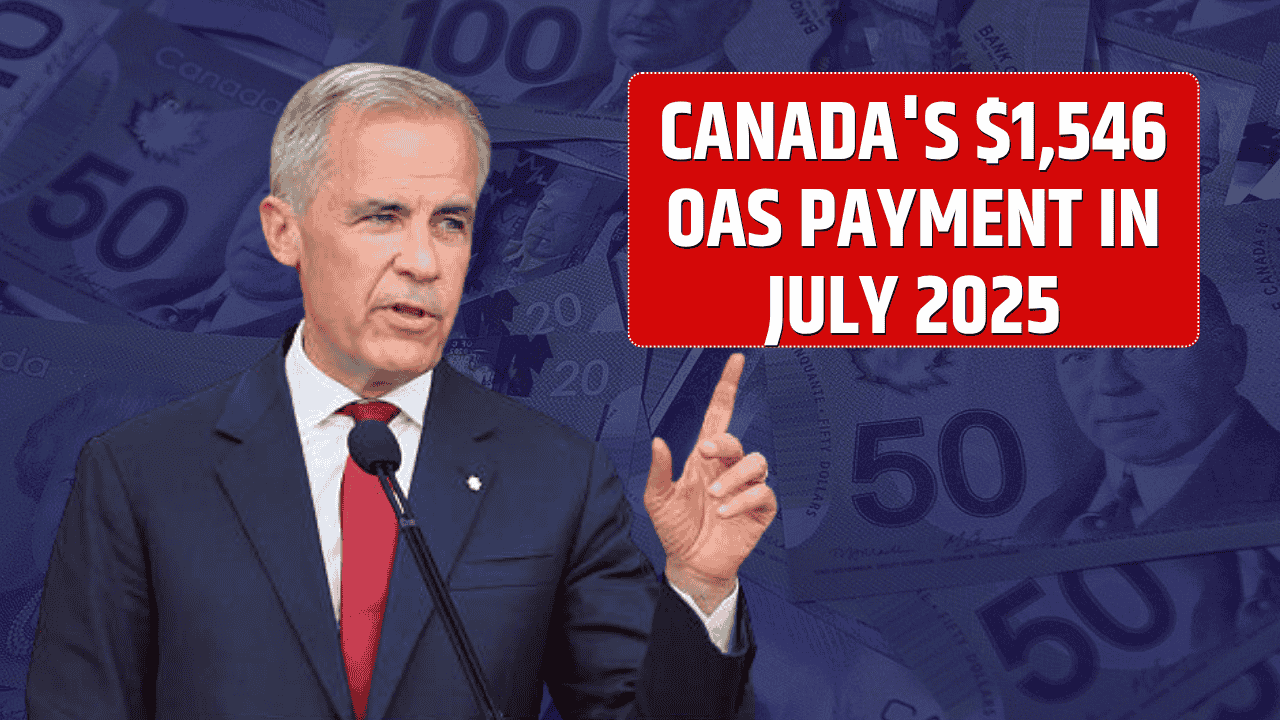Publishing research papers through U.S. government projects is a strategic way to establish credibility, contribute to public knowledge, and influence real-world policy decisions. Whether you’re a student, early-career professional, or researcher working on a government-funded project, navigating the publication process involves a blend of rigorous standards, clear communication, and sometimes, bureaucratic procedure.
Here’s a comprehensive guide on how to publish research papers in U.S. government projects—including key steps, types of publications, and what makes this process unique.
Table of Contents
Understanding Government-Supported Research
Research funded or conducted by the U.S. government typically falls into these categories:
- Agency-led research (e.g., CDC, NIH, EPA, DOE)
- Contractor research (e.g., Mathematica, Abt Associates, Urban Institute)
- Grantee research (e.g., universities or nonprofits with federal grants)
- Intern/fellow-contributed work (e.g., ORISE, PMF, OPRE programs)
These projects often focus on policy-relevant outcomes, program evaluation, public health, economics, environmental science, education, and more.
Step-by-Step Guide to Publishing in Government Projects
1. Understand the Scope of Your Research Agreement
Before drafting anything, know whether your research is:
- Government property (if done under a contract or grant)
- Collaborative or sponsored research
- Subject to clearance or review processes
Ask your supervisor or project officer:
- Who owns the data and results?
- Are there pre-approval steps for publication?
- Can I co-author a paper as a contractor, intern, or fellow?
2. Choose the Right Publication Format
| Format | Purpose | Where It’s Published |
|---|---|---|
| Technical Reports | Share findings internally or with stakeholders | Agency websites or repositories |
| Policy Briefs | Summarize research for policymakers | Agency bulletins, contractor sites |
| Peer-Reviewed Journals | Academic credibility, wider impact | Journals like Public Administration Review, Evaluation Review, Health Affairs |
| Working Papers | Share preliminary findings | University centers, think tanks |
| Conference Papers | Present early-stage research | AEA, APPAM, ASA, etc. |
Tip: Many government papers get dual-published—first internally, then externally with permission.
3. Get Internal Approval or Clearance
Most federal agencies and research contractors have a publication review process. This may include:
- Review by a program officer or federal sponsor
- Ethical or legal review (especially for human subjects research)
- Policy review to ensure consistency with the agency’s mission
- Final sign-off from a communications or publications office
Expect this to take 2–6 weeks, sometimes longer.
4. Choose a Target Journal or Platform
Select a publication that aligns with your research area. Common options include:
| Topic Area | Recommended Journals |
|---|---|
| Public Policy & Evaluation | Evaluation and Program Planning, Journal of Policy Analysis and Management |
| Public Health | Health Affairs, Preventing Chronic Disease (CDC) |
| Education | Educational Evaluation and Policy Analysis |
| Criminal Justice | Justice Quarterly, Criminology & Public Policy |
| Economics | The Journal of Economic Perspectives, Applied Economics Letters |
Some federal agencies also host their own open-access journals or data portals, such as:
- NIH – PubMed Central
- CDC – Preventing Chronic Disease
- EPA – Science Inventory
- HHS/ACF/OPRE – Evaluation briefs and reports on their websites
5. Follow Government Style and Ethics Requirements
When submitting government-related research for publication:
- Use plain language if your audience is the general public or policymakers
- Disclose federal funding sources (e.g., “This project was supported by HHS under grant number…”)
- Comply with human subjects protection, especially if research involves surveys or interviews
- Include disclaimers (e.g., “The views expressed are those of the authors and do not necessarily represent the official policies of…”)
Check for FOIA considerations (Freedom of Information Act) if you’re handling sensitive government data.
6. Submit, Revise, and Resubmit
Once you receive clearance:
- Submit your paper to the journal or platform
- Prepare for peer review and revision cycles
- Coordinate with your federal sponsor or contractor during edits
- Once accepted, work with agency communications staff on dissemination (e.g., press releases, webinars, policy briefs)
7. Disseminate Through Government Channels
Even if you’re publishing in a journal, also share through:
- Agency newsletters and listservs
- Think tank or contractor websites
- Federal research repositories (e.g., HHS Evidence Clearinghouse, ERIC, NTL, Data.gov)
- Policy briefings or webinars
Maximize reach by turning your research into multiple formats: infographic, slide deck, summary brief, or interactive dashboard.
Additional Tips for Early-Career Researchers
- Join a fellowship or internship program (like OPRE Scholars, ORISE, PMF) to get firsthand experience publishing under federal supervision.
- Co-author with senior researchers who understand the clearance and submission process.
- Attend evaluation and policy research conferences (AEA, APPAM, APHA) and submit papers or posters to build credibility.
- Use your university affiliation strategically—many academics partner with federal agencies and will co-publish.
Common Pitfalls to Avoid
| Pitfall | How to Avoid |
|---|---|
| Publishing without clearance | Always check with your supervisor or sponsor first |
| Ignoring federal data use rules | Follow agency guidance on data confidentiality |
| Submitting before study is final | Government timelines are often tied to funding cycles—publish only complete or approved work |
| Underestimating timelines | Factor in time for internal review, edits, and peer review |
Publishing research within U.S. government projects takes more planning than traditional academic writing, but the impact and reach are often greater. Your work could influence national policies, help allocate millions in funding, or shape the next phase of a critical social program. By understanding the process, respecting agency protocols, and aiming for practical relevance, you’ll be well-positioned to publish research that makes a difference.
FAQs
Can government interns or fellows publish their research?
Yes, but they usually need approval from their agency sponsor and/or research supervisor.
Do I keep intellectual property rights if I publish with a government agency?
In most cases, the government retains rights to federally funded work, but you can often be listed as an author or co-author.
How long does the review process take in federal settings?
Anywhere from 2–12 weeks depending on the agency’s internal procedures and legal checks.

























